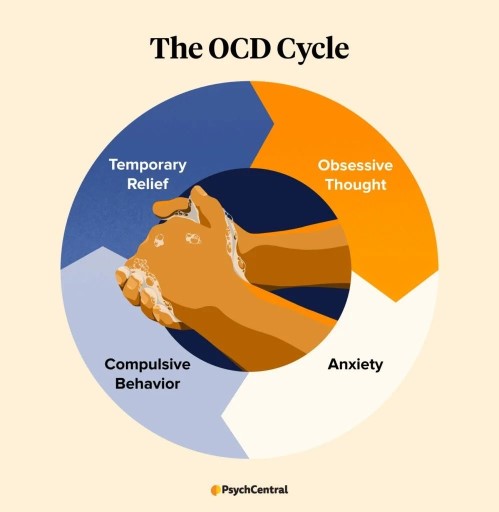During morning rounds, a client who is admitted with obsessive-compulsive disorder is in the dayroom repeatedly washing the top of the same table. Which intervention should the practical nurse (PN) implement when approaching the client?
Encourage the client to be calm and relax for a little while.
Allow time for the behavior and then redirect the client to other activities.
Teach the client thought-stopping techniques and ways to refocus behaviors.
Assist the client to identify stimuli that precipitate the activity.
The Correct Answer is B
This is the most appropriate intervention for the PN to implement when approaching a client who is exhibiting compulsive behavior. By allowing time for the behavior, the PN acknowledges the client's need to perform the behavior and avoids creating further stress for the client. Redirecting the client to other activities can also help to refocus the client's behavior and prevent further compulsive behavior.
Encouraging the client to be calm and relax for a little while (A) may not be effective in managing the compulsive behavior.
Teaching the client thought-stopping techniques and ways to refocus behaviors (C) and assisting the client to identify stimuli that precipitate the activity (D) are interventions that may be used in the long term, but they may not be immediately effective in managing the client's behavior in the moment.

Nursing Test Bank
Naxlex Comprehensive Predictor Exams
Related Questions
Correct Answer is A
Explanation
The practical nurse (PN) should ask the client if he is planning to obey the voices, as this will help determine the client's risk for harming himself or others. The PN should also ask about the onset and duration of the symptoms and any factors that may have triggered them, such as drug use or recent stressors. Additionally, the PN should assess the client's perception of the voices, as some individuals may recognize them as a symptom of a mental illness, while others may believe them to be real. It is important for the PN to remain non-judgmental and supportive during the assessment, while prioritizing the client's safety.
Correct Answer is B
Explanation
This is the most appropriate intervention for the PN to implement when approaching a client who is exhibiting compulsive behavior. By allowing time for the behavior, the PN acknowledges the client's need to perform the behavior and avoids creating further stress for the client. Redirecting the client to other activities can also help to refocus the client's behavior and prevent further compulsive behavior.
Encouraging the client to be calm and relax for a little while (A) may not be effective in managing the compulsive behavior.
Teaching the client thought-stopping techniques and ways to refocus behaviors (C) and assisting the client to identify stimuli that precipitate the activity (D) are interventions that may be used in the long term, but they may not be immediately effective in managing the client's behavior in the moment.

Whether you are a student looking to ace your exams or a practicing nurse seeking to enhance your expertise , our nursing education contents will empower you with the confidence and competence to make a difference in the lives of patients and become a respected leader in the healthcare field.
Visit Naxlex, invest in your future and unlock endless possibilities with our unparalleled nursing education contents today
Report Wrong Answer on the Current Question
Do you disagree with the answer? If yes, what is your expected answer? Explain.
Kindly be descriptive with the issue you are facing.
